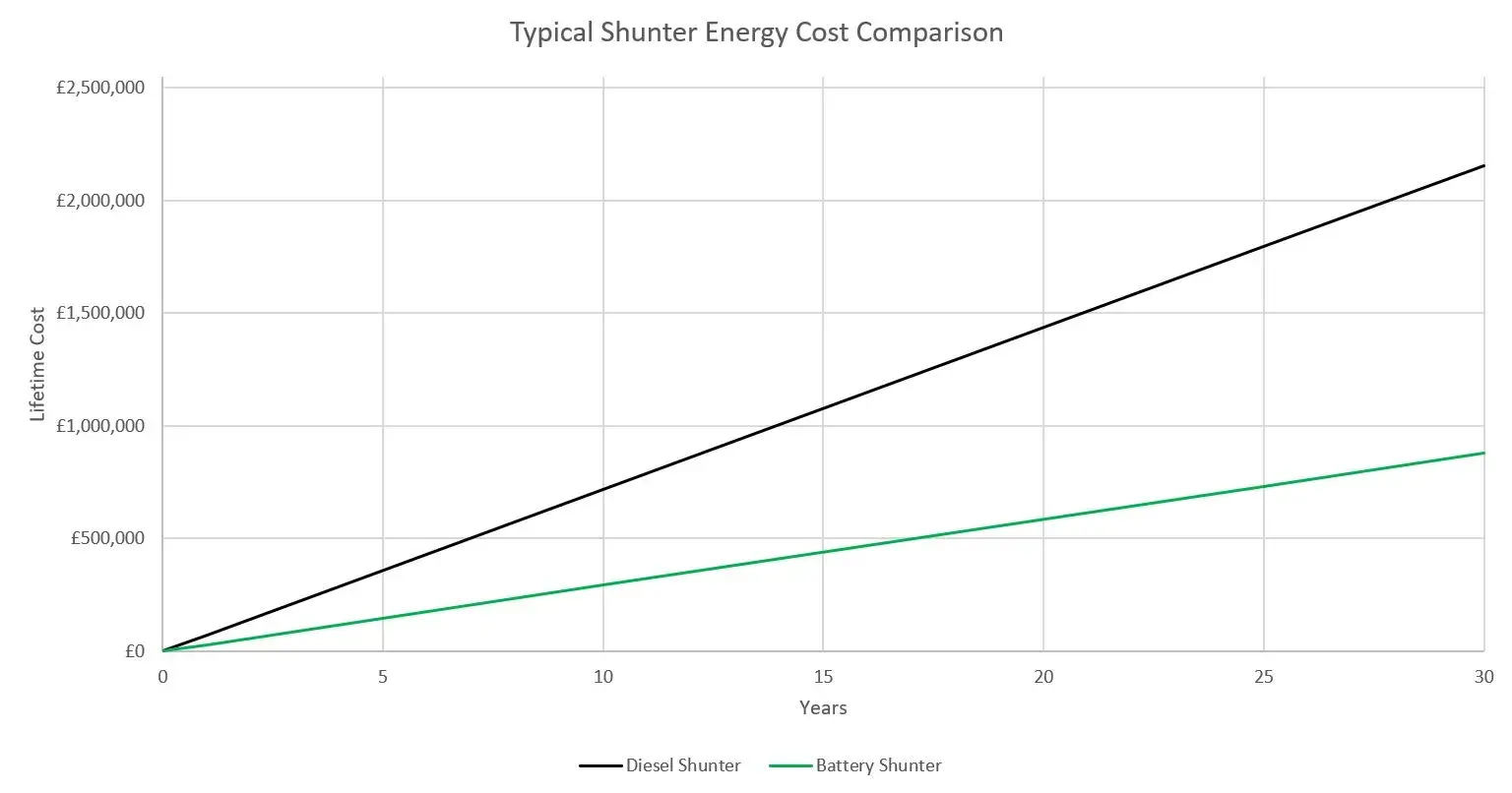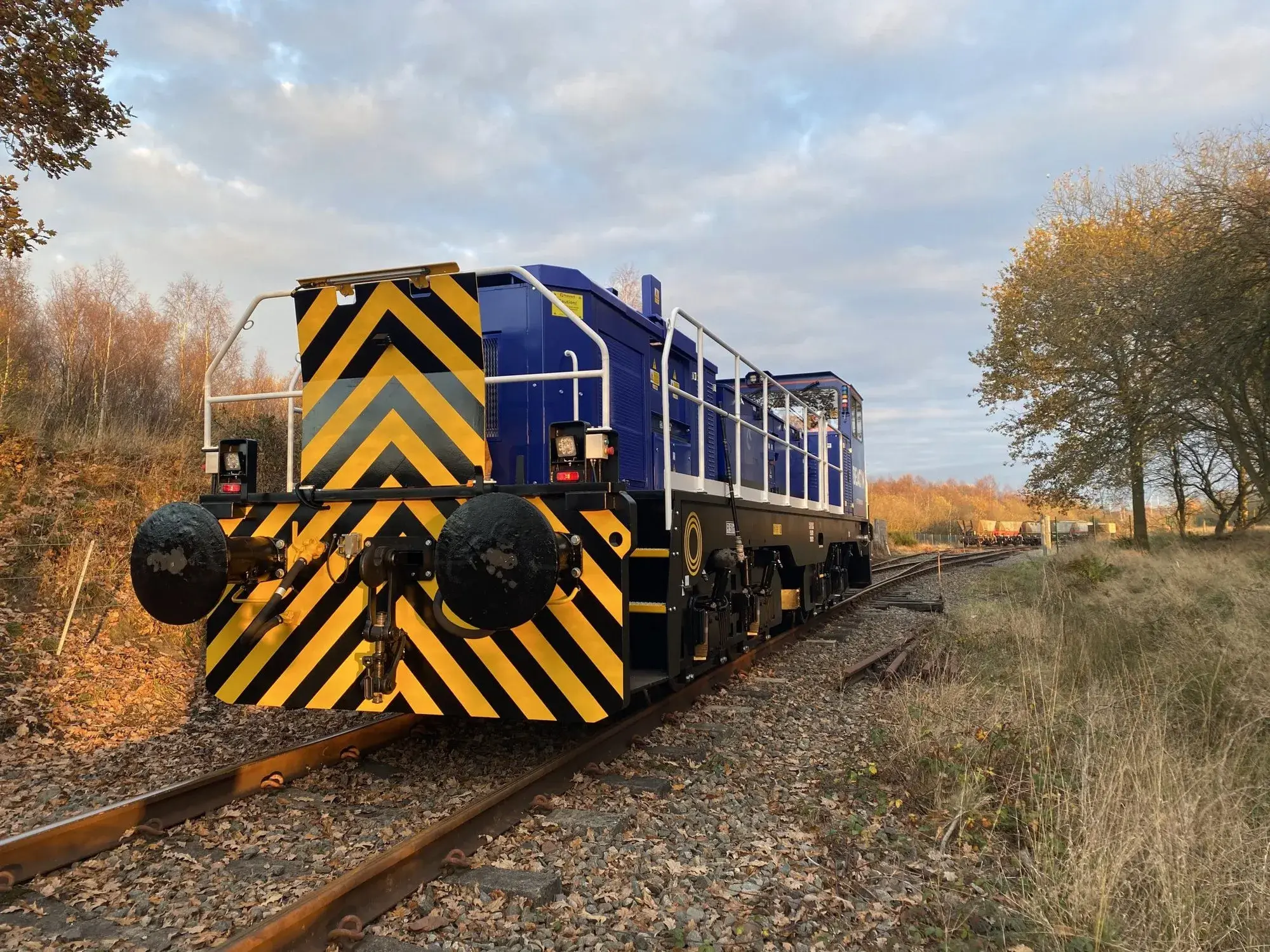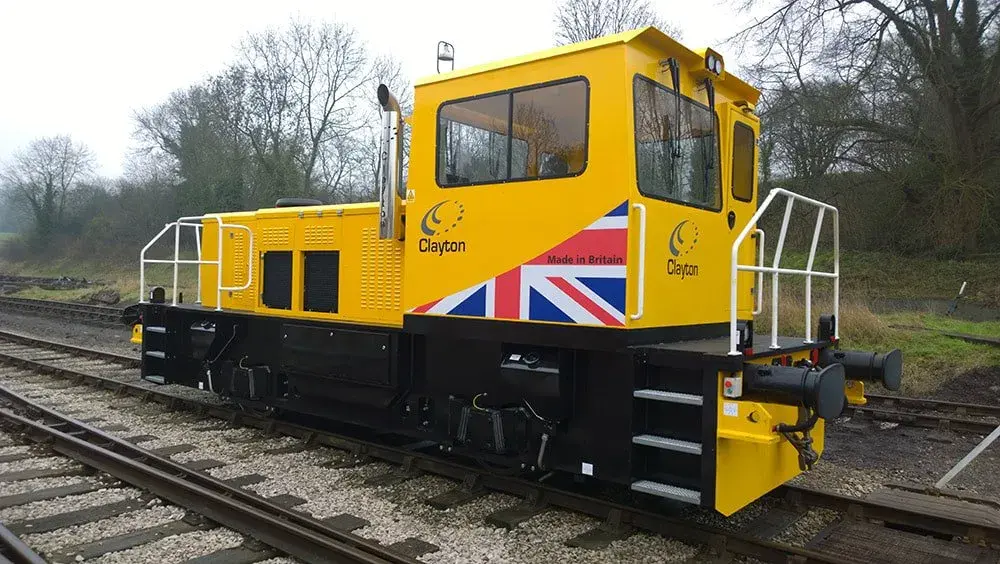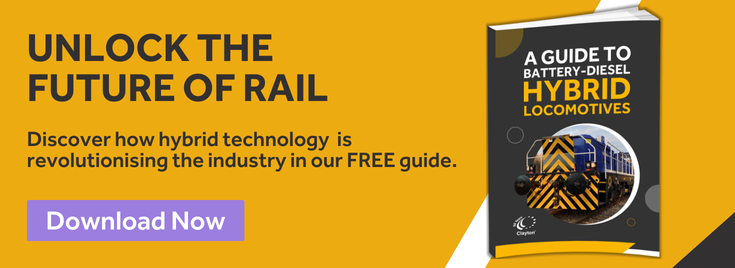How Battery-Diesel Hybrid Locomotives Are Paving The Way For A Greener Future
The rail industry, like many others, is going through a transitional phase. Over the next two decades new legislation and regulatory requirements mean there will be a move away from carbon-based fuel, such as diesel.
This is in order to reduce emissions in line with the frameworks of legal guidelines as laid out in the Paris Climate Agreement and other national regulatory measures. However, the shift from diesel power towards a battery electric or hybrid system shouldn’t necessarily be seen as restrictive or punitive.
In fact, the drive towards a rail network powered by battery-electric locomotives brings with it a number of key benefits. Any initial investment in technology and infrastructure should be offset against the potential long-term economic benefits, not to mention the enormous environmental factors at play.
The benefits a battery-diesel hybrid locomotive bring can include:
Increased Energy Efficiency
Diesel-electric efficiency is built on optimising power delivery through operational demands. The regenerative braking systems capture and store energy during deceleration, improving overall efficiency compared to pure diesel models. This recaptured energy can be used to power the train in motion, other trains within the network or even to offset the power demands of other loads, such as lighting stations.
Emission Reduction
The use of cleaner diesel fuels, in combination with features such as exhaust treatment systems and emission control technologies, can significantly reduce the negative environmental impact of locomotives. This includes lowering emissions and producing cleaner air around rail infrastructure. In fact, the hybrid driving mode can combine with energy recapture during braking to reduce emissions by as much as 83%. As transport is one of the biggest contributors to CO2 emissions on the planet, the extended efficiency and reach of battery trains (up to 150 km and growing) is increasing adoption and driving the industry towards reduced emissions as a whole.
Reduced Carbon Footprint
Rail transport uses 80% less energy than trucks per ton of freight carried and is already four times more efficient than road haulage in terms of its emissions and carbon intensity. In the US alone, rail freight pulls more than 20 billion tons of cargo each year. When the already carbon efficient power of trains is combined with battery electric technology, the industry has the potential to transform carbon emissions around the world. If widely adopted, battery electric trains could slash the US industry’s annual emissions in half, according to a study by the Department of Energy’s Lawrence Berkeley National Laboratory.
Improved Engine Life
Onboard batteries allow diesel engines to be used only when required, reducing idling time. The engine is then only required when the power levels demand it. This can help to prolong engine life, reducing the need for maintenance and upgrades. This can significantly increase return on investment and makes the initial outlay of switching to battery hybrid trains much more financially sustainable in the long run.
Battery Storage
Hybrid train networks can be designed to incorporate advanced battery storage systems, enabling them to retain surplus energy generated during operation. The stored energy can then be utilised during acceleration or when running on electric power, ensuring a more sustainable and efficient operation. The stored energy can also be used to offer flexible backup power during extreme weather events or other shortages, and all at a cost lower than some other infrastructure investments, such as electrification.
Are you considering making the change and converting your locomotives to a hybrid model? Want to discover exactly how a diesel electric locomotive works in a more efficient way? Book a demo with Clayton to find out more about bespoke conversions and our diesel and electric locomotives today!
- News (100)
- Battery Locomotives (35)
- Low Emission Rail (21)
- Mining Locomotives (10)
- Shunting Locomotives (10)
- Diesel Locomotives (9)
- LocoWatch (5)
- Sustainability (5)
- Locomotive (4)
- Battery Locomotives Battery Locomotives (3)
- IoT Telematics (3)
- 90 Years (2)
- Case Study (2)
- Haulage (2)
- Battery Shunter Locomotives (1)
- Clayton Equipment (1)
- Shunting Locomotives Shunting Locomotives (1)
- Switcher Locomotives (1)
- Telematics (1)
- September 2025 (2)
- August 2025 (2)
- July 2025 (3)
- June 2025 (4)
- May 2025 (1)
- April 2025 (2)
- February 2025 (1)
- January 2025 (1)
- September 2024 (1)
- August 2024 (2)
- July 2024 (2)
- June 2024 (2)
- May 2024 (1)
- April 2024 (1)
- March 2024 (1)
- February 2024 (1)
- January 2024 (4)
- November 2023 (1)
- September 2023 (1)
- August 2023 (2)
- July 2023 (2)
- June 2023 (2)
- May 2023 (2)
- March 2023 (2)
- February 2023 (3)
- January 2023 (2)
- November 2022 (2)
- October 2022 (1)
- August 2022 (1)
- July 2022 (4)
- June 2022 (1)
- May 2022 (1)
- April 2022 (2)
- March 2022 (3)
- February 2022 (8)
- January 2022 (1)
- November 2021 (3)
- October 2021 (1)
- September 2021 (3)
- August 2021 (7)
- July 2021 (7)
- June 2021 (7)
- April 2021 (1)
- January 2021 (1)
- December 2020 (2)
- August 2020 (1)
- March 2020 (4)
- February 2020 (3)
- January 2020 (4)
- December 2019 (1)
- November 2019 (2)
- October 2019 (3)
Subscribe by email
You May Also Like
These Related Stories

Battery Vs Diesel Locomotives

How Battery Hybrid Locomotives Help To Reduce Noise Pollution





No Comments Yet
Let us know what you think